Black Christmas
School has finished for the winter and the residents of a sorority house are having a party and packing to return home for the holidays. Unbeknownst to them, someone has taken up residence in the attic and he's not just there to shelter from the cold. When Clare Harrison goes missing, the remaining women including Jessica Bradford, Barbie Coard and Phyllis Carlson, together with Clare's father begin searching with the help of Lieutenant Fuller. Of course, they have to deal with completely inept cops and the rather antiquated system of tracking telephone calls in order to find out where, and even who, the killer may be.
As audiences were being scared by such horror movies as The Exorcist, The Texas Chain Saw Massacre, The Wicker Man and Don't Look Now in 1974, Bob Clark's low budget stalker-slasher film went relatively unnoticed and was a feature of the midnight movie and drive-in circuits.
Canadian director Bob Clark had only previously made four films, including Children Shouldn't Play with Dead Things and Dead of Night, neither of which featured 'named' actors or a budget to speak of. In Black Christmas however, whilst not working on a budget of millions, Clark still had a bigger budget than ever before and was able to employ known actors: Keir Dullea from Stanley Kubrick's 2001: A Space Odyssey, Olivia Hussey from Romeo and Juliet, Margot Kidder was fresh from her first leading role in Brian De Palma's 1973 horror Sisters and John Saxon had come straight from the set of Bruce Lee's final film Enter the Dragon. Due to the budget and this cast, Black Christmas was a far more serious and professional piece of work than Clark's previous offerings and this, together with actors that were known to a wider audience, led to his best film to that date.
Filmed on location in Toronto and using a real house (that is still standing today) for the sorority house gives Black Christmas an authenticity that would be impossible to replicate on a sound stage. Although the film is set in the U.S., most of the cast are Canadian and some have noticeable Canadian accents, this doesn't spoil the film, nor does the fact that most of the 'students' are played by actors in their mid twenties!
Although not a blockbuster hit, Black Christmas made a huge return for the investors and has such a fan-base that it remains a staple in the horror genre, has been released several times on DVD and spawned a 2006 remake which Jess shows what a great job Bob Clark did with his film 30 years earlier. Of all of the different horror subgenres, the slasher film is probably my least favourite (I'm not sure whether I have seen every Friday the 13th and Halloween sequel) but I do make an exception for the undisputed classics such as Halloween, Friday the 13th (and part two) and Black Christmas. This is a very well crafted horror with well developed characters, classy direction with an incredibly sophisticated use of the I-camera, giving you the killer's point of view, and decent performances by the entire cast.
The Disc
The Picture
Presented in anamorphic widescreen transfer, Black Christmas doesn't look as crisp as the other horror movies (except, perhaps, The Wicker Man) from the same year, something that can only be attributed to the budget. The picture is clear of grain and other detritus but the contrast and clarity leave something to be desired but not to the extent that it spoils the film.
The camerawork is extremely clever, using the killer's POV to great effect, really cranking up the tension when you see what he sees and just how vulnerable the girls are. The murder scenes are very well orchestrated and very chilling when it comes to seeing just how disturbed 'Billy' really is. The fact that the killer is left fairly ambiguous is one of the smarter aspects of the film as, when you fully develop a killer as in the Black Christmas and Halloween remakes, they cease to be as frightening as when you know almost nothing about them and their motives.
The Sound
Unlike the Tartan Terror release, this does not have a Dolby Digital 5.1 surround option but this isn't necessarily a bad thing is that was awful with an abysmal mix that just seemed to channel the surround mix through all five speakers and is a soundtrack I've ignored repeatedly, choosing the stereo option every time. The dialogue comes across fairly well although there are a couple of lines and words that are a little difficult to make out when the sound gets a little muddy but you don't really miss anything major when it comes to plot points.
This is a film that is very nicely scored and uses the Christmas carols for some jarring juxtaposition -- I was stuck with 'O Come All Ye Faithful' in my head for couple of hours afterwards though! When it comes to the killer's voice on the 'obscene/prank' telephone calls, these are still really shocking when it comes to the language and sheer variety of sounds that come across, almost competing with Mercedes McCambridge's vocal work on The Exorcist for the most unsettling a vocal delivery in a horror film.
Final Thoughts
Released in 1974, this is arguably the first stalker-slasher film that paved the way for When a Stranger Calls and the Friday the 13th and Halloween franchises. Directed with real tension by Bob Clark and with a brilliantly discordant and unsettling piano-based by Carl Zittrer, Black Christmas proves that 'less is more' and that terror can be achieved without showing much in the way of graphic violence or gore and the result is a must-see for any horror fan. It's a shame that this doesn't have the extra features that came with the previous Tartan Terror release but, even so, it's still a terrific film that is released just in time for Halloween!
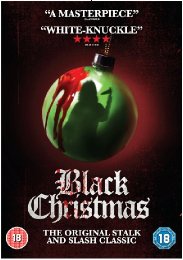
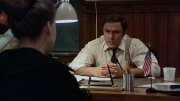
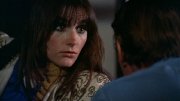
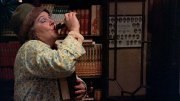
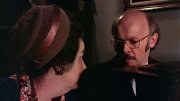
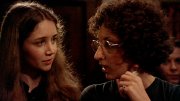

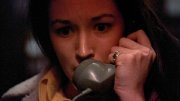
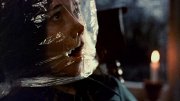
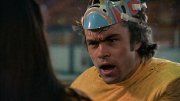
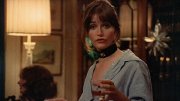
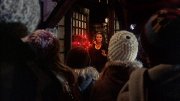

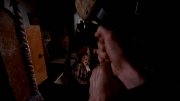
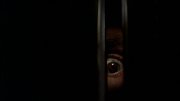
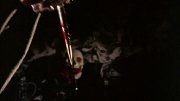






































Your Opinions and Comments
Be the first to post a comment!